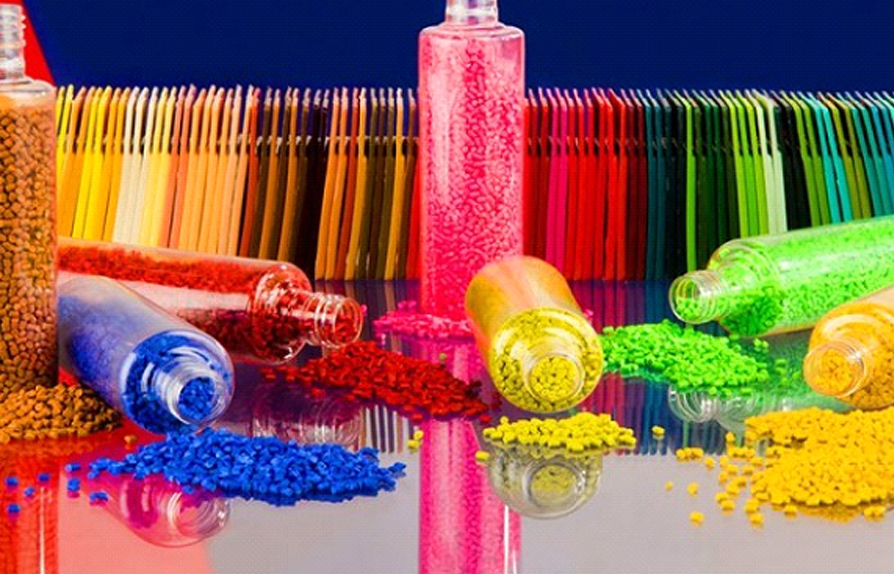Blow Molding
Blow molding and injection molding are widely employed to manufacture plastic products, e.g., industrial and domestic containers, bottles, drums, gallons, toys, and hollow products.
In the blow molding process, the raw material is heated and placed in a mold. The mold is then blown, and the raw material is pushed against the walls of the mold to take form. Once the mold has cooled, the product is unmolded. Many plastics, e.g., low- and high-density polyethylene, can be molded into hollow products by using blow molding.
Injection molding
Injection molding is used for the mass production of identical plastic products. Expanded polystyrene (XPS) is among the most commonly used thermoplastics in injection molding. Injection molding is the most important plastic production process through which small products, e.g., bottle caps, kitchen sink plugs, industrial and domestic plastic containers, and camera equipment. It can even be used in larger-scale molding to manufacture parts of vehicle and vessel frames. Injection modeling used to be manual in the factory. However, it is now a fully automated manufacturing process.



